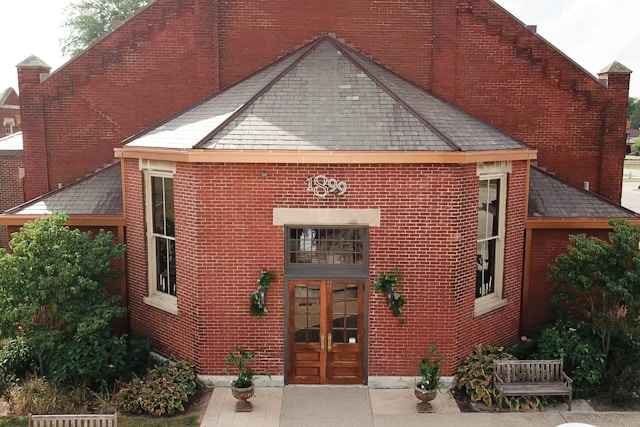Selecting a roofing style is about more than just looks. It’s crucial to ensure the roof can withstand the harsh Phoenix climate. The intense sun, high temperatures, and occasional storms require a roofing material that protects the home and boosts energy efficiency.
When choosing tile roofing in Phoenix, homeowners need to consider the materials’ longevity, maintenance needs, and cooling properties. The right material provides comfort and saves on energy bills by preventing heat buildup inside the home.
Best Materials for the Phoenix Climate
Phoenix’s climate demands roofing materials that can stand up to intense heat and dry conditions. Certain types of tiles are better suited to handle high temperatures, offering great durability and energy-saving benefits. Clay tiles are a classic choice, thanks to their ability to stay cool and resist cracking.
They allow air circulation beneath, keeping homes naturally cooler in the summer. Concrete tiles are another great option, offering resilience against high winds and temperatures. They also have a longer lifespan with proper maintenance. Quickly check the below points:
- Clay Tiles – Excellent heat resistance, providing natural ventilation
- Concrete Tiles – Durable, heavy, and designed for long-term performance
- Composite Tiles – Lightweight and energy-efficient, mimicking traditional styles
Choosing the Right Tile Color
The color of the tiles plays a pivotal role in energy efficiency. Lighter colors tend to reflect heat, helping to cool the home naturally, while darker colors absorb heat, which may raise cooling costs during the hot months. Homes in Phoenix benefit from tile colors that reflect sunlight, such as light grays, whites, and beige tones. These colors look great and help keep the home cooler during the summer months. Reflective coatings can further enhance the performance of the tiles, making them even more energy-efficient.
Design Compatibility with Tile Roofs
A well-matched roof can elevate a home’s overall appearance. Various architectural styles pair better with specific tile options. Homes with Spanish or Mediterranean designs look especially striking with curved clay tiles, while modern homes can benefit from sleek, flat concrete tiles that complement minimalist aesthetics. For southwestern-style homes, earthy-toned tiles blend seamlessly with the rustic charm of stucco exteriors. Matching a tile roof to the architectural design creates a cohesive, attractive look while offering the right protection.
Maintenance and Longevity of Tile Roofing
Tile roofing is known for its long-lasting benefits, but keeping it in good condition is mandatory. Regular maintenance ensures that the tiles perform at their best, helping to extend their lifespan and prevent unexpected repairs. It’s important to check for cracks, debris, or signs of wear that might affect the roof’s performance.
In Phoenix, where dust storms and extreme sun exposure are common, cleaning gutters, replacing damaged tiles, and checking the underlayment every few years will help maintain the roof’s integrity. Keeping up with maintenance ensures the roof remains effective and functional for decades.
The Importance of Professional Installation
Proper installation is one of the most crucial factors in ensuring that a tile roof performs as expected. Professionals are well-equipped to handle Phoenix’s unique weather challenges. They secure tiles properly to prevent shifting or damage. They also know how to ensure proper drainage, which is essential in a city that experiences occasional heavy rains.
Working with a licensed roofing contractor ensures the job is done right. The installation is backed by warranties and certifications. A well-installed roof not only provides great protection but also increases the value of the home.
When choosing tile roofing in Phoenix, the right material and style are necessary to ensure long-term durability and comfort. A tile roof that can withstand the harsh Arizona sun and occasional monsoons will save homeowners money and provide peace of mind. With careful consideration of materials, colors, and professional installation, homeowners can enjoy a reliable, energy-efficient roof for many years.







